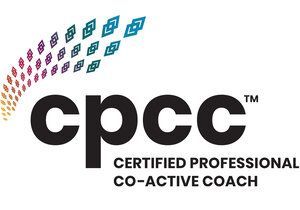Expat Mental Health in Singapore

Life as an expat in Singapore comes with privilege and pressure. If mental health depends on the balance between our challenges and resources, then making a life away from home can upset this balance. Research suggests that, on average, expats struggle more with mental health than their domestic peers.
Practically, arrivals must navigate new jobs, homes, schools and spousal employment. Beyond the basics, it takes time to build friendships and support networks, and these need continual refreshing as peers return home. Foreigners must adapt to cultural differences, such as language, local customs and even sense of humour. Expats, new and old, can experience homesickness and a sense of isolation, which can contribute to anxiety and depression. Interestingly, even positive change can generate stress. Follow-ups on lottery winners in the UK, a year after their life-changing wins, showed that over half had developed a stress-induced illness. Our bodies and nervous systems can take time to accommodate the change we have sought.
Expats must tackle new pressures without their usual resources. Friends and family are far away and recreational activities at home may no longer be possible. Inevitably, Covid restrictions on travel and socialising have exacerbated constraints. The emphasis on employment in Singapore’s ‘core’ population has also created visa complications for expat job-seekers, especially for spouses on lower salaries. The inability of a spouse to find work locally can be a key concern for international assignees.
Research from the International Journal of Health & Productivity suggests that US expats are three times more likely to express feelings of being trapped or depressed as their domestic counterparts. Twice as many US expats express feelings of anxiety or nervousness. In the workplace, research from Right Management suggests that companies will judge 40% of international assignments as failures. The ratio is consistent for moves from west-to-east and vice-versa. This may be unsurprising given only one-in- nine movers benefit from ongoing mentorship. Pressures can creep into the family unit too. A survey by Sofres suggests that divorce rates are nearly 50% higher for expat couples. Since the pandemic, a third of expats consider their mental health to have declined, according to William Russell.
Expats in Singapore can find it difficult to raise mental health issues. Research by Aetna International suggests that more than half of respondents in Singapore find it hard to discuss mental health at work, versus around 40% in the UK and US. The good news is that help is available and increasingly encouraged. People are progressively willing to talk about psychological well-being and Covid is forcing this issue. Companies have woken up to the importance of mental health to staff turnover, productivity and the bottom line. Starbucks spends more on employee healthcare than coffee beans! In Singapore, the government has launched a national well-being campaign: “It’s ok to reach out for help”. The NUS is also running series of “k(no)w stigma” events to demystify the topic of mental wellness. In short, key stakeholders for expats in Singapore are aligned on the need to move from a culture of “don’t ask, don’t tell” to “do ask, do tell, let’s talk”.
How can expats reset the balance between their challenges and resources? For many, counselling is a powerful resource. It may be a resource they never considered back at home. It could also be the discovery that helps navigate the challenges of a new life in the Lion City.
If you are an expat interested in counselling in Singapore, please contact us via email, phone or WhatsApp to arrange a consultation with one of our supportive professional therapists.
About the Author: Dan's counselling experience builds on 20 years of international finance experience. He is a coach and mentor to professionals across Asia and has served on various forums to support employee wellness. Dan is a yoga and mindfulness practitioner, mental health advocate and student. He is currently studying for a Master's Degree in Counselling. Read Full Bio >










